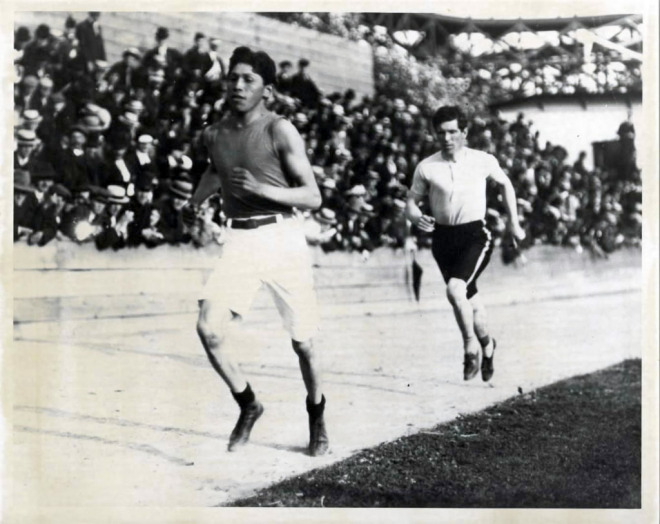
Caption
Tom Longboat poses with his many impressive trophies.
Photo Credit
Charles A. Ablett/Library and Archives Canada/C-014090
Subhead
Tom Longboat Could Go the Distance--Whatever It Was
No content available.
ADVERTISEMENT
Comments
Add a Comment









